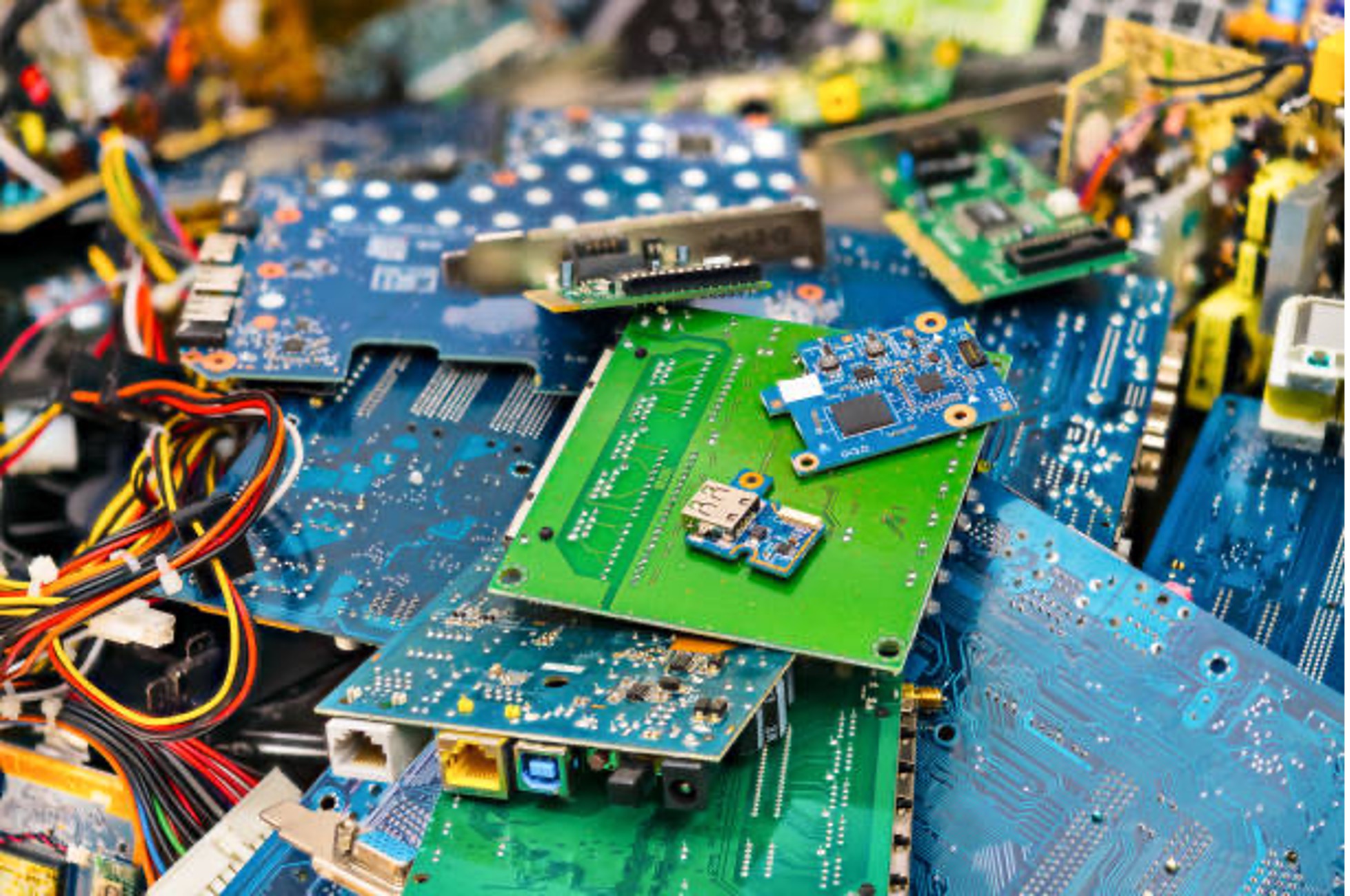Written by: Alejandro Pineda Catalan
Technology has doubled in speed and power, and we have seen exponential growth within the last few decades. In the ’70s, personal computers became a norm alongside the introduction of the internet. In the ’90s, we saw a rise in the use of GPS navigation systems. In the early 2000’s we were introduced to the infamous smartphone, and with that came social media. Undoubtedly, more impactful technology has also seen a rise within these times. However, the few named above have been influential.
The tech industry has become one of the most profitable compared to other industries. Big tech has grown at a rapid pace just within the last twenty years. On a global scale, fewer than 7% of the population was online at the start of the century; compared to today, more than half the population has access to the internet. Today’s technology has an impression on almost every daily activity, whether it involves work or simply going to the grocery store for weekly shopping.
As technology advances, so do the possibilities that come with it. Technology has outgrown itself, benefiting other sectors such as the medical field, business, communications, education, and more. Artificial Intelligence has become a trending topic, with one of the newest programs like ChatGPT creating advances but also concerning drawbacks. ChatGPT, for example, is a language program that pulls human knowledge from the internet to develop conversations, complete tasks, and even create essays and code. ChatGPT could even help write this piece about itself.
This capability ultimately raises many questions whether AI programs similar to ChatGPT will hinder or create alternatives to how humans can interact with each other, the environment, and, undoubtedly, AI itself. From an environmental standpoint, AI has tremendous benefits ranging from better and faster satellite images for rainforest destruction or natural disasters to developing a better system for agricultural production. AI can also assure accountability for governments and companies to adhere to their emission targets.
Programs such as this have unique advantages but still create negatives, such as energy consumption to run these programs. The Council on foreign relations stated that running one AI system can emit over 250,000 pounds of carbon dioxide. Nonetheless, AI scientists and engineers have already taken these issues and are working to create sustainable solutions to many of these environmental concerns.
Everyday individuals and those in the working class are a spectacle of what AI means for their future and careers. Instead of fearing what will result from the growth of AI, one should learn how to implement these programs into our work tasks and understand the benefits they can bring. Companies like Microsoft have already invested millions into OpenAI (creator of ChatGPT) to introduce new programs that they believe will be integrated by humans into AI. Companies will be moving along with AI and looking for individuals familiar with how these programs operate and if they can create benefits within the field. Careers in the criminal justice department, journalism, computer programming, and even a salesperson can integrate AI to save time and apply programs to everyday routines.
Technology will continue to grow, and the cycles of technology will impact humanity at even more extraordinary lengths each cycle. Bill Gates has even stated that this wave of AI will be one of four technology cycles that he deems will create the most change for humanity. While questions arise, AI will undoubtedly continue to grow. When the internet started, companies, individuals, and organizations took advantage of it and created opportunities. That will also be the case for AI, and we will, in the years to come, see shifts in how specific jobs get completed and how humanity will either grow with AI or combat against it.

Leave a Reply